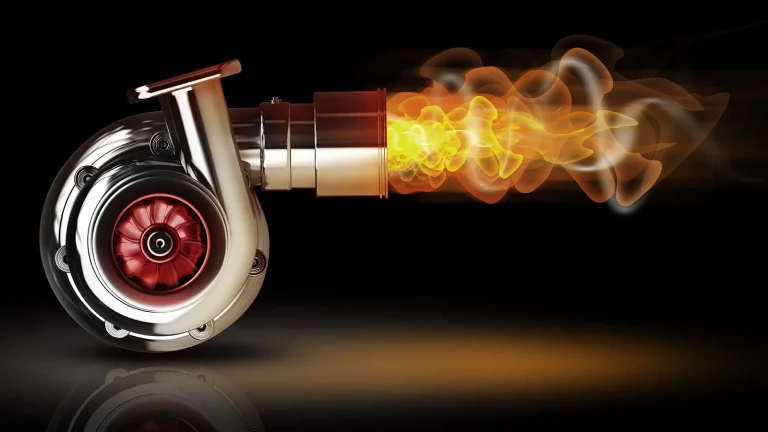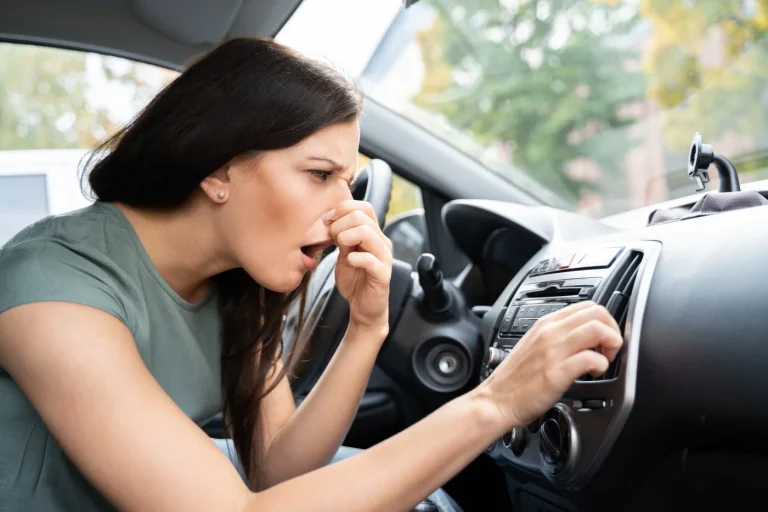Can You Pump Gas With The Car On? [Ultimate Guidelines]
Yes, you can pump gas with the car on. However, it is not recommended due to safety risks and the potential for fuel vapors to ignite.
Pumping gas with the car engine running can be dangerous because fuel vapors can be released during the process. These vapors can be highly flammable and can ignite if there is any source of ignition nearby, such as a spark from static electricity.
It is always better to turn off the engine and any other sources of ignition before pumping gas to ensure safety. This simple precaution can help prevent accidents and potential injuries at gas stations.
Understanding The Risks
Pumping gas with the car engine running might seem like a time-saving option, especially on those busy days when you’re in a rush. However, it is essential to understand the potential risks associated with this seemingly harmless act.
Why Pumping Gas With The Car On Is Dangerous:
- Fuel vapors: Gasoline emits highly flammable vapors that can easily ignite from even the smallest spark. When the engine is running, it generates these sparks, increasing the risk of fires and explosions.
- Ignition sources: Various ignition sources are present in and around a car engine, including the alternator, starter motor, and electrical wiring. These components can produce sparks, which can ignite the fuel vapors in the air.
The Potential Hazards Of Fuel Vapors And Ignition Sources:
Gasoline vapors are volatile and highly flammable. When exposed to an ignition source, they can easily catch fire, resulting in serious accidents and injuries. Here are some potential hazards to consider:
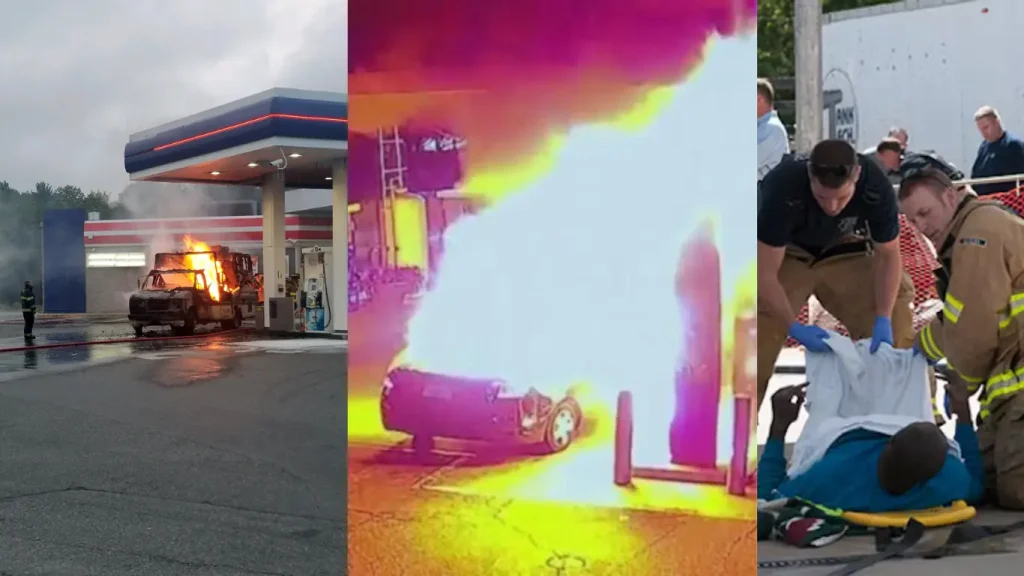
- Fire: Fuel vapors, when ignited, can cause fires that can spread rapidly, endangering lives and causing extensive damage to vehicles and nearby structures.
- Explosions: In extreme cases, the ignition of fuel vapors can lead to explosions, presenting an even more significant risk to everyone in the vicinity.
- Burns and injuries: When a fire or explosion occurs, individuals nearby can suffer severe burns and injuries. These injuries can range from minor burns to life-threatening conditions.
Exploring The Consequences Of Not Following Safety Guidelines:
Failing to adhere to safety guidelines for pumping gas can have dire consequences. It’s crucial to understand the potential outcomes of neglecting these guidelines:

- Legal consequences: Pumping gas with the car on is prohibited in many areas due to safety concerns. Violating these regulations can result in fines or legal penalties.
- Property damage: In the event of a fire or explosion, property damage can be extensive. Repairing or replacing damaged vehicles, structures, or equipment can be costly.
- Personal injury: Neglecting safety guidelines can lead to severe injuries to yourself, passengers, or others nearby. Protecting everyone’s well-being should always be a priority.
- Loss of life: In the worst-case scenarios, fires and explosions caused by pumping gas with the car on have resulted in tragic loss of life. The value of safety cannot be overstated.
Remember, safety should always come first. Taking a few extra minutes to turn off your engine while refueling can significantly reduce the risks associated with pumping gas. Let’s prioritize everyone’s safety and follow the necessary precautions.
The Ultimate Safety Guidelines
Turning Off The Engine Before Pumping Gas
Before refueling your vehicle, it is essential to turn off the engine as a safety precaution. Here’s why:
- Fuel vapors can be highly flammable. Even a small spark from the engine can ignite these vapors, leading to a potential fire hazard. To prevent any accidents, always shut off the engine before pumping gas.
The Importance Of Preventing Fuel Vapor Ignition
Fuel vapor ignition can occur if proper safety measures are not taken. Consider the following reasons to avoid leaving the car on while refueling:
- Fuel vapors are highly combustible. Ignition of these vapors can cause dangerous fires that can lead to severe injury or property damage.
- Static electricity that builds up within a running vehicle can also ignite fuel vapors. Turning off the engine helps reduce the risk of static sparks, minimizing the chances of a fire.
Managing Static Electricity
Static electricity can create sparks, which can ignite fuel vapor and result in fires. It is crucial to understand how static electricity can cause such incidents and take necessary precautions:
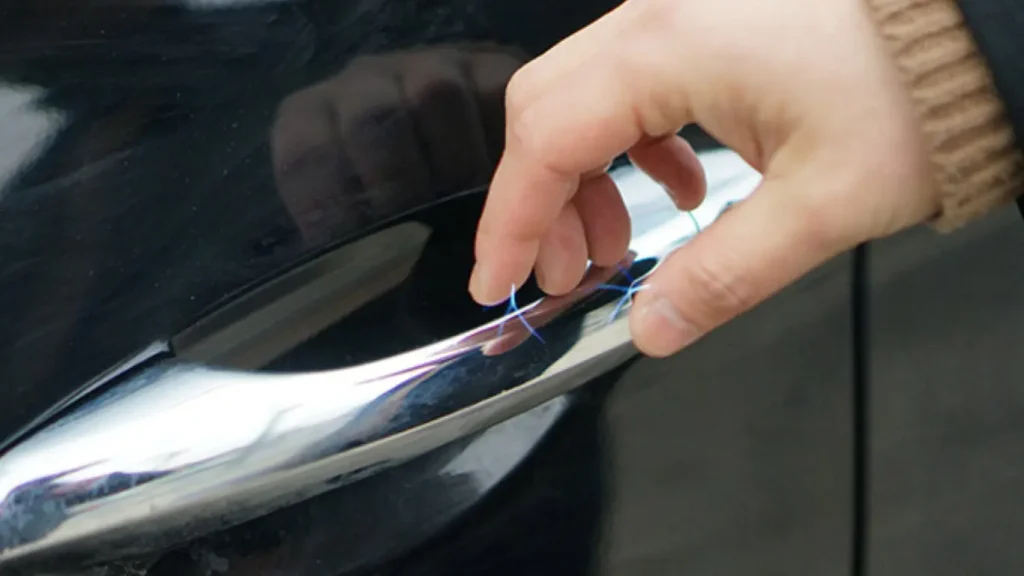
- Static electricity can build up while moving or getting in and out of the vehicle. This static charge must be discharged to avoid any sparks.
- Ensuring proper grounding while refueling, such as touching a metal surface away from the fueling area, can help dissipate any static electricity present.
Tips For Reducing The Risk Of Static Sparks
To minimize the risk of static sparks, follow these simple yet effective tips:
- Avoid using your mobile phone near the fueling area as it can potentially cause static buildup.
- Refrain from re-entering the vehicle during the refueling process, reducing the chance of static generation.
- Use a fuel nozzle that includes an automatic shut-off feature. This can help prevent overfilling and reduce the likelihood of fuel spills.
Handling Fuel Spills
Fuel spills can quickly escalate into hazardous situations. Knowing how to handle them is crucial. Here are the necessary steps to take if a fuel spill occurs:
- Notify the gas station attendant immediately. They are trained to handle such incidents and can provide assistance in managing the situation.
- Avoid using any ignition sources, such as cigarettes or lighters, near the spilled fuel.
- If a spill occurs on your vehicle, clean it thoroughly to prevent the fuel from causing any damage to the paint or other surfaces.
The Potential Dangers Associated With Fuel Spills
Fuel spills pose various dangers that require awareness and caution. Consider the following risks they may present:
- Spilled fuel can create slippery surfaces, increasing the chances of slip and fall accidents.
- The flammability of fuel makes it highly dangerous near ignition sources, as it can easily catch fire or explode.
- Fuel spills can harm the environment by contaminating soil, water sources, and harming wildlife.
Fire Safety Precautions
When refueling, it’s essential to prioritize fire safety. Understanding the role of fire extinguishers at gas stations and implementing best practices can help prevent accidents.
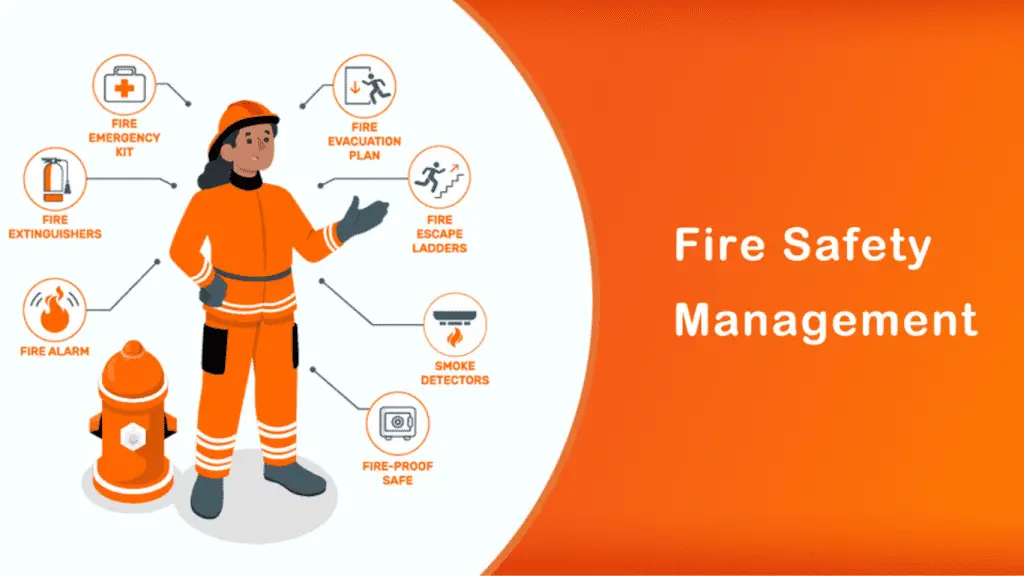
- Gas stations are equipped with fire extinguishers strategically placed for easy access. Familiarize yourself with their locations when visiting a gas station.
- In case of a fire incident, promptly inform the gas station attendant and follow their instructions while keeping yourself and others safe.
Best Practices To Prevent Fires While Refueling
Prevention is always better than cure, especially when it comes to fires. Follow these best practices to minimize the risk of fires while refueling:
- Never smoke or light a cigarette while at the gas station.
- Avoid using electronic devices while refueling, as they may create sparks.
- Ensure the gas cap is securely in place before starting the engine.
By adhering to these safety guidelines, you can help minimize the risk of accidents and promote a secure environment while pumping gas. Stay safe!
Tips For Educating Others
Promoting Awareness Of The Risks
Gasoline is a highly flammable substance, and pumping gas with the car on can pose significant risks. It’s important to educate others about these risks to ensure their safety and the safety of those around them. Here are some key points to consider when promoting awareness of the risks:
- Gasoline vapors can be ignited by sparks or open flames, including those produced by the engine or electrical components of the vehicle.
- Pumping gas with the car on increases the likelihood of static electricity buildup, which can result in a dangerous fire or explosion.
- In the event of a fuel leak while the car is running, the risk of a catastrophic incident is significantly higher.
Why It’S Important To Educate Friends And Family
Educating friends and family about the dangers of pumping gas with the car on is crucial for several reasons. By sharing this information, you can:
- Prevent serious accidents and injuries caused by the ignition of gasoline vapors.
- Protect your loved ones and others at the gas station from potential harm.
- Raise awareness and promote responsible behavior in the community.
- Encourage safer refueling habits among those closest to you.
How To Effectively Communicate Safety Guidelines
When educating others about the risks and safety guidelines of pumping gas with the car on, it’s important to be clear and concise in your communication. Here are some tips for effective communication:
- Use simple language that is easy to understand, avoiding technical jargon.
- Highlight the potential dangers and emphasize the importance of following safety guidelines.
- Provide visual aids or examples to help clarify your message.
- Encourage open dialogue and address any questions or concerns.
Addressing Common Misconceptions
There are some common misconceptions surrounding the act of pumping gas with the car on. Addressing these misconceptions is essential to ensure accurate information is shared. Here are a few:
- Myth: Modern cars are safe to leave running while refueling.
- Fact: Even newer car models can still pose a risk due to potential fuel leaks or electrical malfunctions.
- Myth: Static electricity is not a significant concern when pumping gas.
- Fact: Static electricity can ignite gasoline vapors, leading to a potential fire or explosion.
Debunking Myths About Pumping Gas With The Car On
There are various myths about pumping gas with the car on that need to be debunked. Here are a few examples:
- Myth: It’s fine to use a cellphone while pumpinggasoline.
- Fact: Cellphones can potentially generate sparks, which may lead to a dangerous situation.
- Myth: Closing the car door is enough to prevent ignition.
- Fact: Ignition sources can still reach the fuel vapors, even with the car door closed.
Responding To Arguments Against Safety Precautions
Some individuals may argue against the need for safety precautions when pumping gas. Here are some counterarguments to address these claims:
- Argument: “i’ve always pumped gas with the car on and nothing has happened.”
- Response: While you may have been lucky so far, there is still a significant risk of ignition that shouldn’t be ignored.
- Argument: “it takes too long to turn the car off and on again.”
- Response: The few extra seconds it takes to turn off the car can potentially save lives and prevent accidents.
Encouraging Responsible Behavior
Advocating for safe refueling habits in your community is an important step towards encouraging responsible behavior. Here’s how you can make a difference:
- Lead by example and turn off your car while refueling.
- Share informative content on social media or distribute flyers at local gas stations.
- Engage in discussions with friends, family, and community members about safe refueling practices.
- Support initiatives that promote gas station safety.
Advocating For Safe Refueling Habits In Your Community
Promoting safe refueling habits in your community can have a far-reaching impact. Here are some ways you can advocate for these habits:
- Collaborate with local gas stations to display safety reminders and guidelines.
- Organize community workshops or seminars to educate others about the risks and precautions.
- Encourage schools and organizations to include gas station safety in their educational programs.
- Support and participate in local safety campaigns or initiatives.
Setting An Example By Following Safety Guidelines Yourself
Lead by example and always follow safety guidelines yourself. By doing so, you demonstrate the importance of responsible behavior to others. Here’s how you can set an example:
- Always turn off your car when refueling, even for a brief stop.
- Avoid using electronic devices or engaging in distracting activities while at the gas station.
- Pay attention to safety signage and follow any additional guidelines provided by the gas station.
- Be mindful of your surroundings and report any safety concerns to the station attendant.
Remember, educating others about the risks of pumping gas with the car on is essential for ensuring their safety. By promoting awareness, debunking myths, and advocating for safe refueling habits, you can make a positive impact in your community. Stay informed, be responsible, and encourage others to do the same.
Conclusion
It is not safe to pump gas with the car on. Although some people may attempt to do so in a hurry, it can lead to dangerous situations such as fires or explosions. Fuel vapors can be highly flammable, and starting or running a vehicle can create sparks that could trigger a combustion.
It is important to prioritize safety over convenience and follow the guidelines set by gas station attendants and signage. Turning off the engine while refueling is a simple precautionary measure that significantly reduces the risk of accidents. By doing so, we can ensure the safety of ourselves and others, as well as protect our vehicles and surrounding environment.
So, the next time you need to pump gas, remember to always turn off the car for a safe and responsible refueling experience.


![How to Quickly Dry Wet Car Carpet [Simple and Effective Methods]](https://automhelp.com/wp-content/uploads/2024/03/How-to-Quickly-Dry-Wet-Car-Carpet.webp)

![Can You Drive Without a Catalytic Converter? [Uncover the Truth]](https://automhelp.com/wp-content/uploads/2024/09/download-4.jpg)
